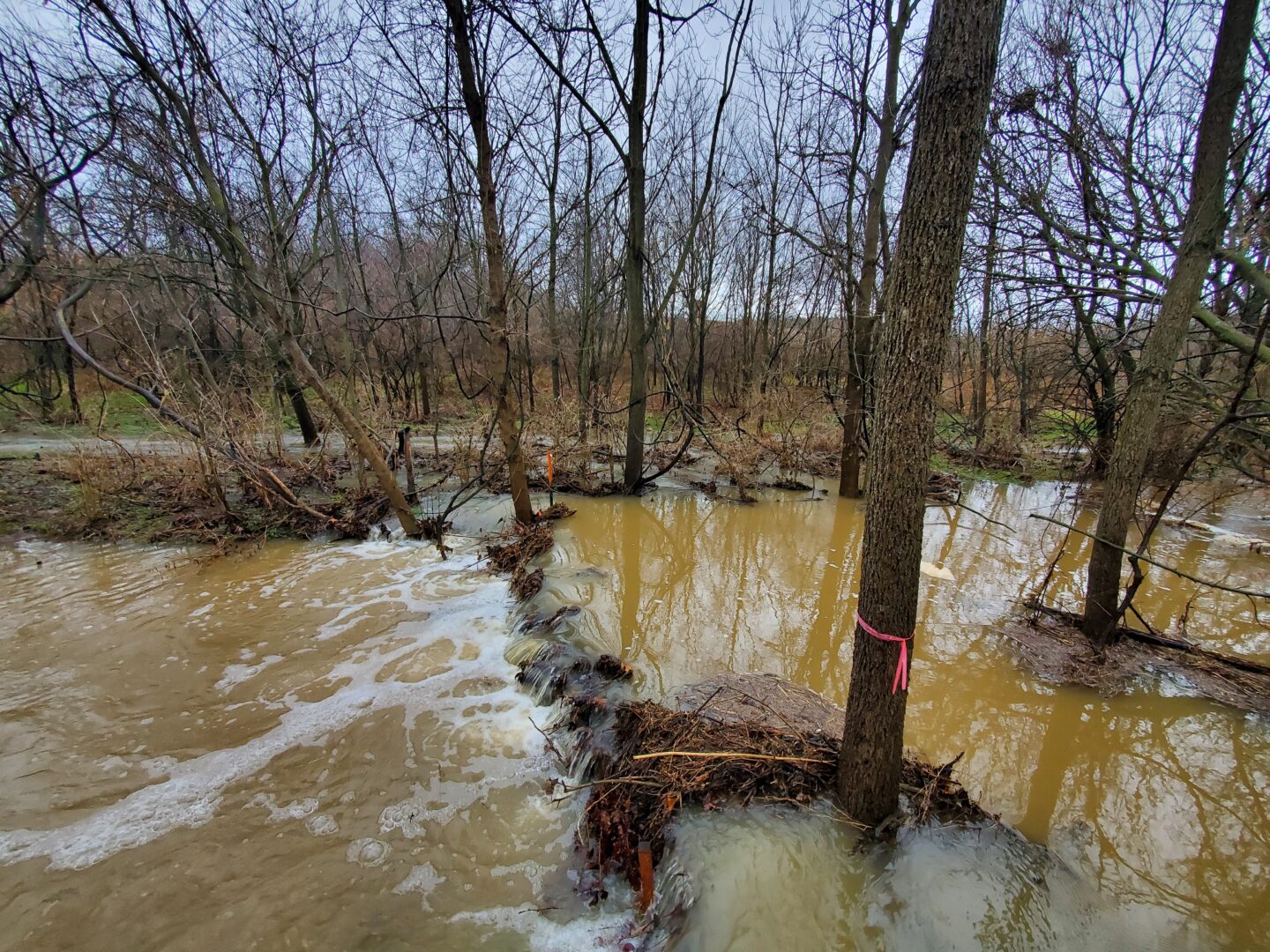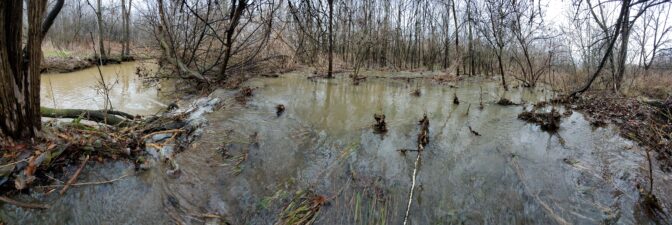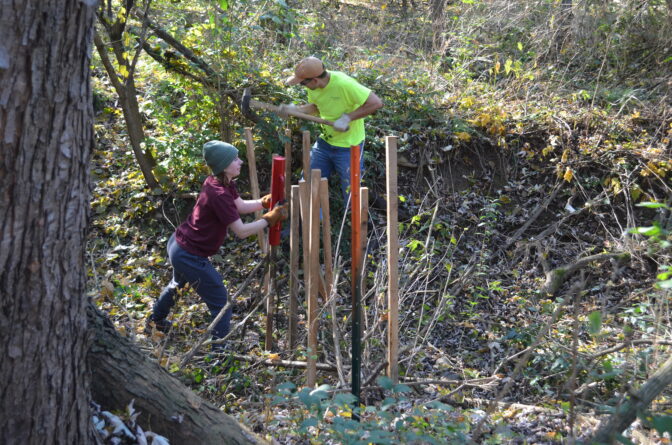
Susquehanna University's Freshwater Research Institute's artificial beaver dam

Susquehanna University's Freshwater Research Institute's artificial beaver dam

Susquehanna University's Freshwater Research Institute's artificial beaver dam
Aired; March 14th, 2024.
Sometimes nature has the best solutions.
Beavers build dams to create homes for themselves. Beaver dams back up small streams of moving water to protect themselves from enemies.
However, beaver dams can also make a stream healthier by reducing erosion and raising water levels.
Humans are recreating what the beaver has done through something called beaver dam analogs or artificial beaver dams.
Susquehanna University’s Freshwater Research Institute has created their own beaver dams in an effort to restore streams.
Director Matt Wilson joined us on The Spark Thursday,”These dams are slowing down the flow as it comes through, off of agricultural fields, off of development, lots of sediment, lots of nutrients that would be flowing into the stream. They get trapped behind the dams and it slows the flow down. These dams aren’t what would you think of as a normal dam. They don’t stop everything. They just slow it down a little bit. So think of it more like a sieve. We put eight of these in. So each sieve catches a little bit more of sediment, a little bit more of the energy that’s coming through and decreases the erosion while building up the stream channel at the same time. So that’s our goal in this one. It’s more about stormwater management. But in general we think about beaver dams for groundwater recharge for creating nature’s cooler in the summer. Sort of slowing down flow, slowing down energy during big storms.”

Flood plain created by artificial beaver dam as part of Susquehanna University project
Wilson was asked how an artificial beaver dam replenishes groundwater,”Slowing down the flow and creating more surface area for absorption of water. So, as that pond fills, think about a normal stream channel, say it’s ten feet wide. If you create a beaver pond there, that’s now an acre. I’m not using the same units, but you get my picture. There’s a lot more area for water to be soaked up and infiltrate the ground. And then when you have a dry spell, say that beaver pond starts to contract. It gets small. It goes back to the original channel. You’ve held so much water back for so long, it’s been able to infiltrate and saturate the ground. Now, when the water is low, that water slowly will it back out of the banks into the stream. And it’s been in the ground.”

Building the artificial beaver dam as part of the Susquehanna University project
Wilson said he hopes that creating beaver dam analogs will become more popular as a tool to reduce storm water pollutants from flowing downstream. He mentioned that permits are required to construct a beaver dam.
The days of journalism’s one-way street of simply producing stories for the public have long been over. Now, it’s time to find better ways to interact with you and ensure we meet your high standards of what a credible media organization should be.